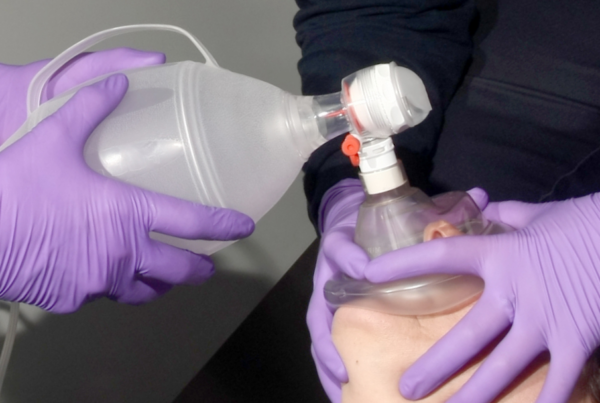By Margo Limmer
A hot topic in EMS is whether or not the National Registry prepares new providers accurately for the field. While textbook learning and clinical knowledge are undoubtedly incredibly important, there can be more nuances to the field or the “real thing.” The four categories listed below are aspects of the field that may be skipped over or inaccurate in the typical “registry style questions” students and new providers encounter.
Canned Decision Making
When preparing for the NREMT, there is a culture of canned decision making. By that, I mean that there is a borderline unskippable, nonnegotiable checklist of assessment like a flowchart. In every registry question, they for the most part give you the same set of information for every question. In the field, sometimes there are things that just jump out at you. Primary and secondary assessments are vital to running a good call, but it doesn’t appear in a flowchart order like the registry.
Patient Presentation
One of my favorite phrases is, “Patients don’t read the textbook”. Sometimes registry patients will say things such as, “I am having 8/10 chest pain, and it feels like an elephant is sitting on my chest.” Patients in real life will hardly, if ever, knock out most of your OPQRST assessment in one statement. More often, they will hold their chest and just grunt and say they “just don’t feel good”. Patients don’t read the textbook, they don’t know how they are “supposed” to be presenting, which makes providers have to develop their assessment skills and utilize their clinical tools.
Readily Available Information
There isn’t always a bystander for every unconscious person. Addicts often don’t overdose around reliable historians. When you walk onto a scene, 99% of the time you don’t get a professional briefing on the history and vitals of your patient. Assessment and gathering information from the surroundings of a patient is something that doesn’t happen in the registry, but is the key to good clinical decision making in the field.
Unexplainable Events
EMS isn’t a boring job. Every call is different, every patient is different, and every interaction is different. In the field, patients will do and say things that will floor you. Some patients won’t talk to you until you take your shoes off at the door, so you won’t track dirt in. Some patients won’t get in the truck until they have just “one last cigarette”. Some patients have a dog the size of a cow that seems to always be right where you need to be. After all, patients aren’t just patients, they’re people. EMS isn’t a textbook, and it isn’t a test question. Real patients have real flaws, emotions, and needs. This dynamic and enigmatic nature seems to be missing from the NREMT.
Not every patient is a perfect registry patient!
Margo Limmer is an EMT at Alfred Fire Rescue in Alfred, Maine. She completed her EMT course and passed the NREMT in 2022. She is currently studying Criminology at the University at Buffalo.



